Rectifier Diodes
Rectifier diodes convert AC to DC, ensuring devices receive correct power, essential in electronics, from power supplies to battery chargers, with high efficiency.
Rectifier diodes, which rank among the very basic in such a finely connected electronic world, make it possible for the process of conversion from alternating current into direct current. Small semiconductor devices-performing in quiet but vital fashion, in smoothly operating a host of gadgets by supplying the proper kind of electrical current-the following piece shall delve more deeply into what the rectifier diode is, how it functions, and some of its major uses across varied fields.
The rectifier diode is a semiconductor device with unidirectional current flow-in other words, precluding backflow. This property, especially, is utilized in converting the easily available AC from power outlets to DC, which most electronic devices require. Diodes can be thought of as equivalent to an electrical one-way valve and are found literally in every piece of electronics.
The symbol for the rectifier diode is a triangle pointing toward a line, which visually represents the possible flow of current-from anode, or positive, toward cathode, or negative. This one-way conductive ability is very important in the process of rectifying AC into DC with the intention of holding consistent and unvarying energy supply in a great many devices.
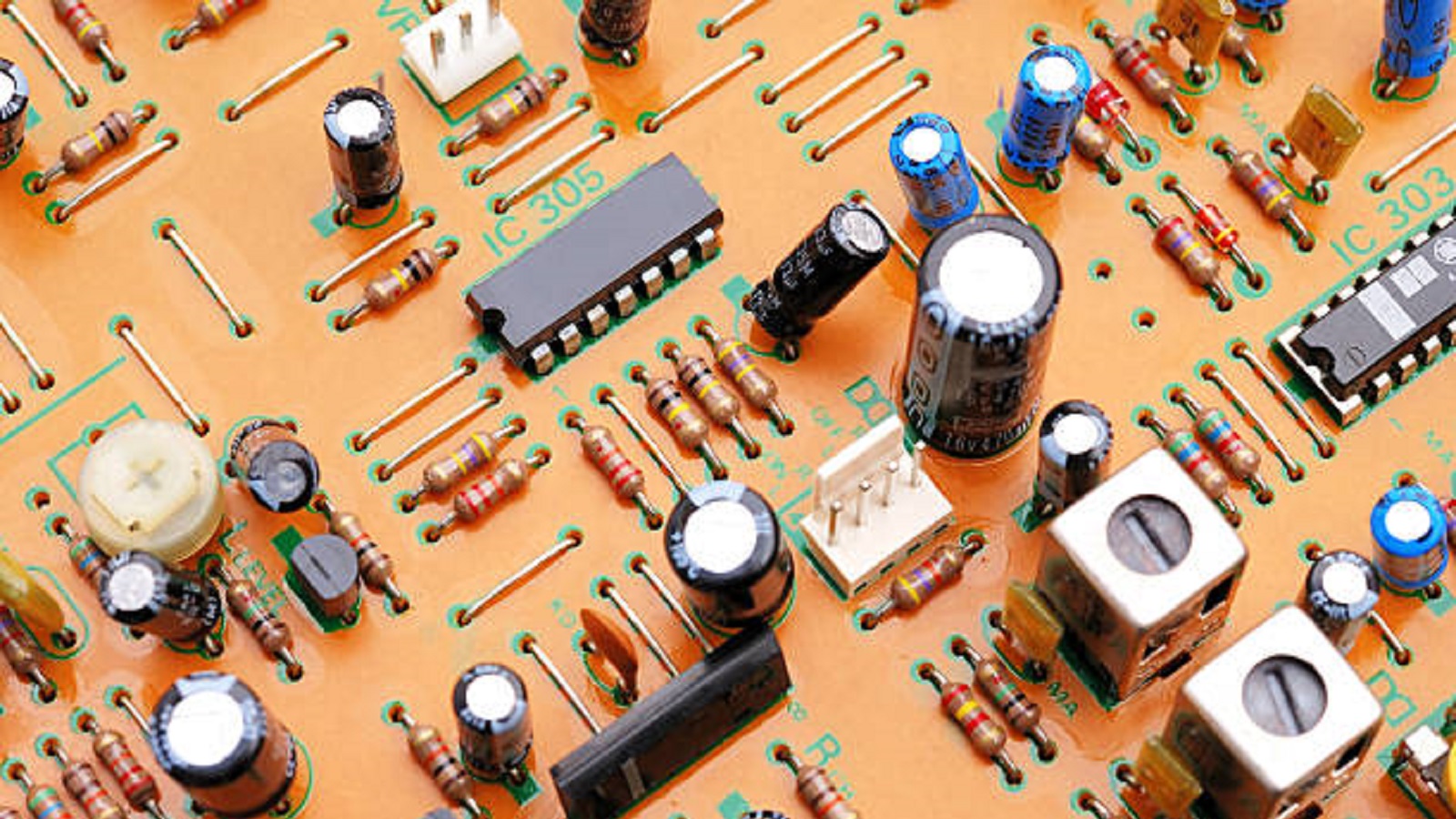
Functioning of Rectifier Diodes
The PN junction forms the heart of any rectifier diode in determining its functioning:
Forward Bias: When the anode is more positive than the cathode, the diode allows the current to flow, hence conducting electricity.
Reverse Bias: When the cathode is more positive, the diode blocks the current, acting like an open circuit.
It is the special ability that enables the conversion of AC, which keeps switching directions, into DC, a flow with one direction. In every application that requires DC powering, such as charging batteries or powering a DC motor, rectification is in place.
Types of Rectifier Diodes
There are several forms, each suited to applications requiring frequency and speed with particular power needs:
Standard Rectifier Diodes: Normally used in low-frequency applications and power supplies for converting the main AC voltage to a lower-voltage DC output for electronic equipment.
Fast Recovery Diodes: Designed for high-frequency switching applications, these diodes offer rapid recovery from forward to reverse bias, minimizing losses in switching power supplies. Schottky Diodes: Known for low forward voltage drop and high efficiency, Schottky diodes are normally used in very high-speed applications, reducing power loss in RF applications.
Bridge Rectifiers: Consist of four diodes in a bridge configuration, providing full-wave rectification and enabling the use of both halves of an AC signal. This setup is commonly used in power supplies to deliver a smooth DC output.
Applications of Rectifier Diodes
The ability of rectifier diodes to convert AC to DC makes them indispensable in a range of applications, ensuring devices receive the correct power type:
Power Supplies: Integral in the adaptation of AC from wall outlets into consistent DC voltage that various devices, including computers, televisions, and mobile phones, draw their power from. Battery Chargers: Within the circuits of battery chargers for smartphones, laptops, and electric vehicles, respectively, to convert AC into the relevant DC levels for effective charging.
HVAC Systems: Applied in control circuits to regulate power supply and delivery in heating, ventilation, and air conditioning systems with much efficiency.
Industrial Electronics: Essential in motor drives and VFDs, it makes possible the conversion and delivery of power needed for effective controlled operation of motors.
Consumer Electronics: Embedded in a large array of everyday devices for their faultless functionality on DC power supplied from AC mains.
Design Considerations for Rectifier Diodes
While designing circuits using rectifier diodes, one considers, among other factors, the following for better performance and reliability:
Current and Voltage Ratings: The diode should be able to bear the maximum current and voltage levels in the circuit without breakdown or failure.
Thermal Management: Since a diode dissipates heat while working, heatsinks and other heat-dissipation mechanisms are quite necessary for such applications.
Forward Voltage Drop: Low forward voltage drop essentially means higher efficiency and less power loss while working.
Reverse Recovery Time: Important at higher switching frequencies, a reduced recovery time means less energy waste at switching ON from and OFF to the nonconducting state.
Environmental/Operational Conditions: Physical environmental factors such as operating temperature and humidity may make a difference in the ability of the diode, for which a suitable selection related to the conditions should be chosen.
Testing Rectifier Diodes
The functioning of a rectifier diode in a circuit may be checked using a digital multimeter:
Testing Procedure:
Select the diode polarity icon on the multimeter.
Connect the red probe to the anode and the black probe to the cathode.
A forward-biased diode will read out a voltage drop, commonly 0.5 to 0.7V for silicon diodes, while a reverse-biased diode should read "OL" for open loop.
Already from this simple test, one may confirm whether the diode is conducting properly in one direction and blocking the current in the opposite direction, hence working as it should within the circuit.
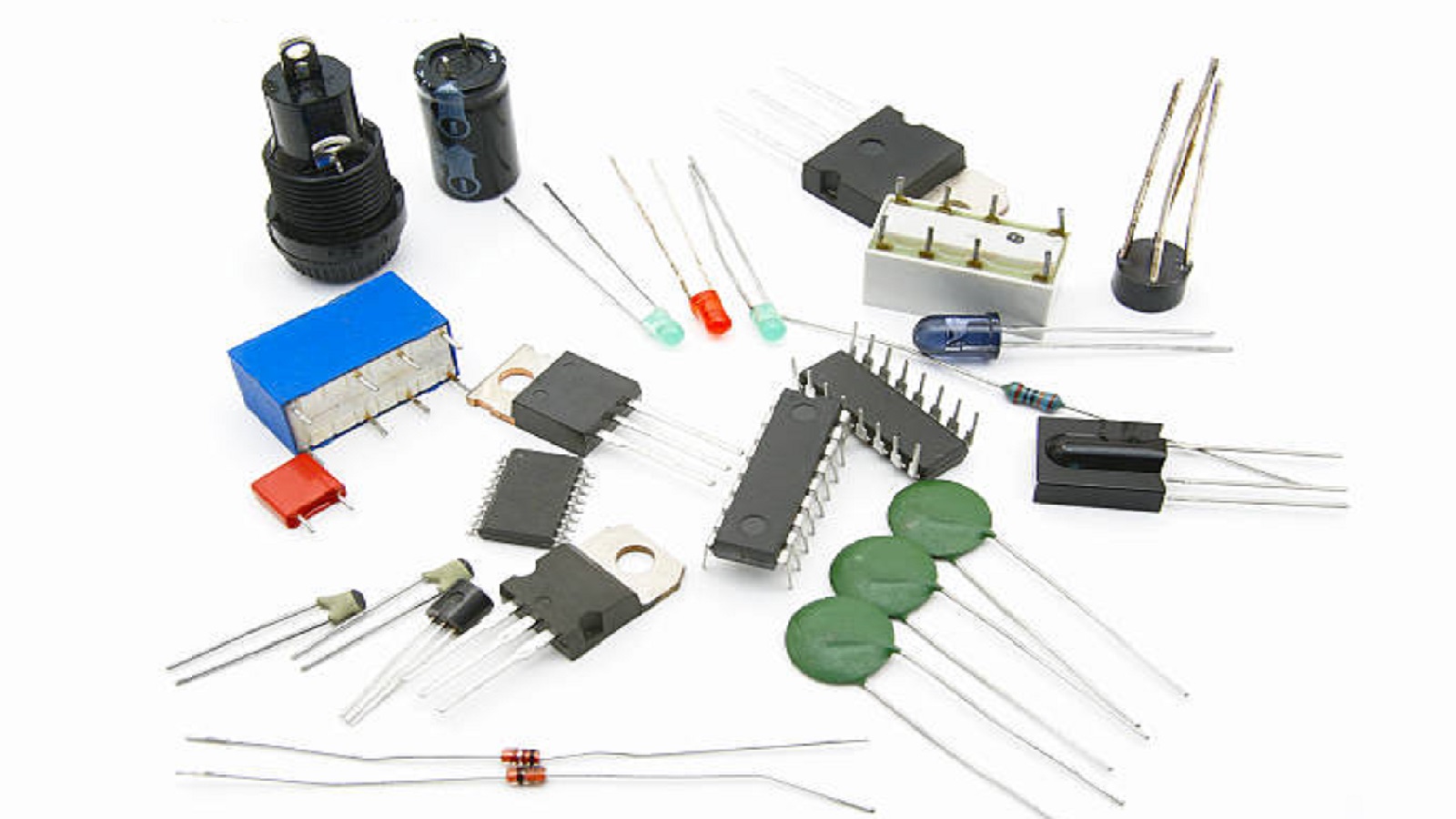
Rectifier diodes are unsung heroes in the world of electronics, performing the simple yet essential function of converting AC to DC for a wide array of devices on which we rely every day. And as technology marches on, so will they-becoming more efficient and versatile, no doubt. Understanding their operation and integrating them thoughtfully into electronic designs remains critical to high-performance, reliable circuits in this ever-expanding digital world. Rectifier diodes power our gizmos and uphold the standards of modern electronics for sound and efficient power conversion in many applications.
Hot Tags:
Contact us

If you can't find what you're looking for, please contact us.
Article
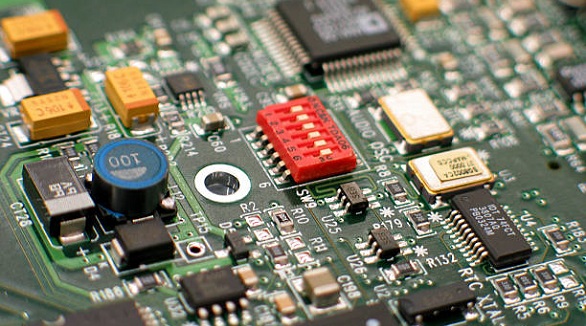
DIP switches, cost-effective and manual, enable easy configuration of device modes, offering flexibility and simplicity for various electronic applications.
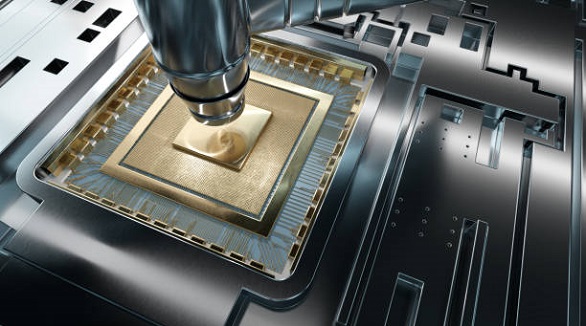
Low thermal conductivity metals, like stainless steel, are ideal for heat retention in PCBs, aiding thermal insulation, efficiency, and stability in electronics.
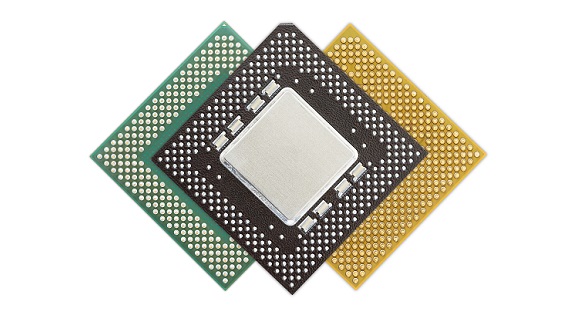
IC packaging is essential in electronics for protecting components, providing electrical connections, and managing heat. This tutorial explores its complexities, including its importance, various types like SMD, QFP, and BGA, and considerations for choosing the right package for specific applications. Proper IC packaging enhances PCB performance and reliability.